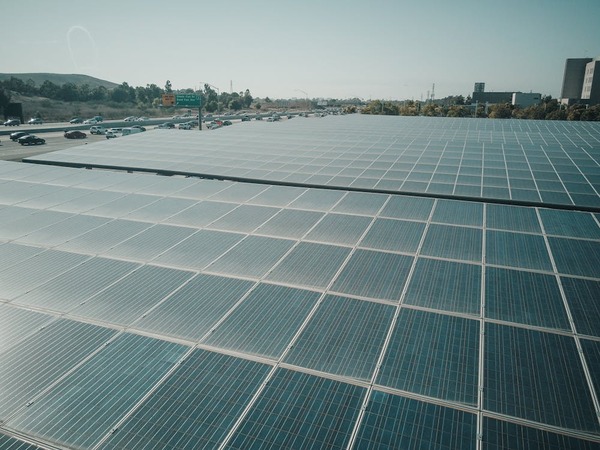In an effort to address overcapacity in the solar photovoltaic (PV) industry, China’s industry ministry has finalized investment guidelines for solar PV manufacturing projects. The guidelines, announced on the ministry’s website, aim to promote sustainable development and structural adjustments in the industry.
According to the guidelines, companies are required to maintain a minimum capital ratio of 30% for solar PV projects. This is an increase from the previous standard of 20% for projects other than polysilicon manufacturing, which already had a 30% minimum capital ratio requirement. The ministry did not provide a definition of the capital ratio.
The guidelines also cover efficiency and energy consumption standards for solar PV manufacturing projects. While the guidelines are not binding for project approvals, they encourage local governments to rationally allocate manufacturing projects based on local resource endowment and industrial foundations. This approach aims to promote the development of the PV industry in a more sustainable and efficient manner.
The ministry’s move comes after a recent reduction in export tax rebates for solar components. This reduction may lead to slight price increases for overseas buyers as costs are passed on. China’s solar panel manufacturers have been calling for government intervention to curb over-investment in the industry, which has resulted in a plunge in prices of solar cells and modules.
The guidelines are part of the ministry’s efforts to upgrade and structurally adjust the PV industry. By setting clear standards for investment and efficiency, the ministry aims to promote the development of a more sustainable and competitive industry. The guidelines are expected to have a positive impact on the industry, promoting more efficient use of resources and reducing overcapacity.
By setting clear standards and encouraging responsible investment, the ministry aims to create a more stable and competitive industry that benefits both domestic and international stakeholders.

